For the millions of Americans who experience “hearing loss” that is, who are Deaf or hard of hearing, the holidays can can exacerbate the difficulties faced communicating in groups of people. How to make a holiday gathering communication-friendly.
The holidays are upon us! … and a few million people have just let out a collective groan. Not for the overspending. Not even for the 10 pounds of holiday weight we might gain or having to “people” once again.
But for Deaf and hard of hearing folks, it means gathering with some folks we don’t see all that often. We love you, but communication at these shindigs can be.. a challenge.
Now, I encourage people to be open about how much they do or don’t hear, if they’re comfortable sharing. But understandably, not everyone is.
When I explain my deafness to someone and tell them exactly what helps me understand them better, it usually improves our communication (at least a little). But it can be awkward. And let’s face it, we may only see some of these folks once or twice a year and feel hesitant expressing our communication needs to them. Or we may not be clear on what those needs are exactly since it depends on the environment. This could also be a new or progressed hearing loss, and the person is still learning more about it.
You may also be thinking, “Well I don’t know anyone who is deaf or hard of hearing.” Are you sure? My hearing level has been the same my whole life and a lot of people didn’t know when I was a kid (they may have just thought I was very strange – nope, just deaf!). For many people, hearing loss is also gradual. Since it may have been awhile since you saw Aunt Sue, her hearing level may have changed since then. Cousin Gary’s bringing his new girlfriend. You don’t know much about her, but your mother thought she was a little “aloof”. The fact is, people are not required to explain.
So when it’s your turn to host the gathering, go ahead and take the initiative. By knowing some key points, you’ll be going a long way in making ALL of your guests of feel more comfortable and included in a communication-friendly environment.
Keep it quiet
Keep the background music off or set very low. People with difficulty hearing or hearing aid wearers tend to hear background noise louder than say the voice of the person they are trying to speak with. It will probably be noisy enough with several conversations going on. Hearing aids ave a tendency to pick up every noise we’re NOT focused on. They’re simply not effective as your brain at filtering out sounds, so it helps when there’s not a lot of additional noise competing with what we’re trying to understand. Not everyone wants to rock out, anyway.
Keep a clear line of sight
Avoid tall flower arrangements, bigger centerpieces or candles set in the middle of the table. Most people look to visuals such as the speaker’s mouth and body language to assist with communication. If they are straining to look over a busy centerpiece or around some candles, it can be extra challenging for sure. Leave the most decorative items to the mantelpiece or the corners on the room. If you are hosting a gathering where some or all will be wearing masks, please know that the person with hearing loss most likely will NOT be able to communicate with you for very long while you’re wearing it if at all.
Keep it BRIGHT
Keep the area well lit. No need to turn on the search lights, but for the same reasons as above, if someone is straining to see, they might not be able to “hear” you!
Look at us
Face someone when you’re speaking to them. Try and keep coversations as 1:1 as possible. Don’t try to communicate from across the room. Walk over to a person if possible and lightly touch their arm as you address them. If a deaf person joins the conversation midway, you can use reference words or brief summaries to let them know what you’re talking about. A number of times I’ve looked away for a moment only to turn back and find several people looking at me waiting for my response to a question. Of course then I have to ask what the question was. FUN!
Speak normally but clearly
Don’t over-enunciate or shout. Lipreading really is an art and can be best understood when someone speaks normally. Over-enunciating or shouting tends to distort what is being said and thus, what is understood. Not to mention, it’s off-putting. Totally deaf people even know when you are shouting. No one likes being yelled at. Speak at a normal tone and pace unless someone asks you to speak slower or louder. I’ve had people speak to me knowing I depend on seeing their mouths and completely turn off their voices assuming that’s better. It’s not. It’s weird! That must’ve been the only time in my life I’ve said, “What?! Speak up!”
Seat strategically
If you are using place settings, put the person who has hearing loss at the end or on a corner. If your head is only turned one way, you have a chance of picking up more visual cues than if you are constantly having to turn your head from side to side to follow the conversation. Also, if a window is on one side of the table, try and put the person on the side that has the window (if the event is in the daytime). If they are constantly looking at someone with a window behind them, it may be harder to lipread them.
Communicate visually
Point to where the restroom is. Casually hold up how many fingers when you call out the numbers doing a white elephant gift exchange. Do it consistently for everyone. Use your eyes to glance at what you are referring to. And here it goes without saying, DON’T cover your mouth when talking. Unless you’re eating! Then again, it’s a good time to practice not talking AND eating. Please, there’s nothing worse than trying to lipread someone with their mouth full!
Also, if you know the person signs (not everyone does) and you have studied American Sign Language (ASL), please do use it effectively with us! If you only know the alphabet, you can use that strategically to fill in a word here and there, but please don’t fingerspell ALL the words to us. That’s as stimulating as watching a cow chew cud.
And while I’m at it, but please don’t show us the swear signs you learned on Youtube.
Here’s some great places to learn ASL or just brush up!
Keep the captions ON
It really DOESN’T cover up the score. If people will be watching a TV (football!), turn the captions on before the guests arrive. Then hide the remote in the garage.
Be ready with other communication tools
Discreetly keep things to write on in each room such as a small dry erase board or little post it notepads and pens. Download a voice to text app like Otter or Live Transcribe and become familiar with it ahead of time so it can be used in a pinch. One of the biggest pet peeves of many deaf or hard of hearing people is being told, “Nevermind” when asking for clarification. These will help you fight that urge.
Stay positive
Do what you can, but know you can’t do everything. Keep in mind, there will be some factors that will be beyond your control. The acoustics of a room play a big part of how well we hear in it. High ceilings and rooms with a lot of marble or glass are particularly challenging. There will be chatter in the room, perhaps songs being sung, people talking over each other. You can only do so much. Plus, for many of us, we’re quite used to not understanding every word said in the room. And it’s ok. Really!
So, here’s to the holidays. Whether you choose to incorporate some of these tips, or use them all, your guests with hearing loss will appreciate visiting your communication-friendly home!


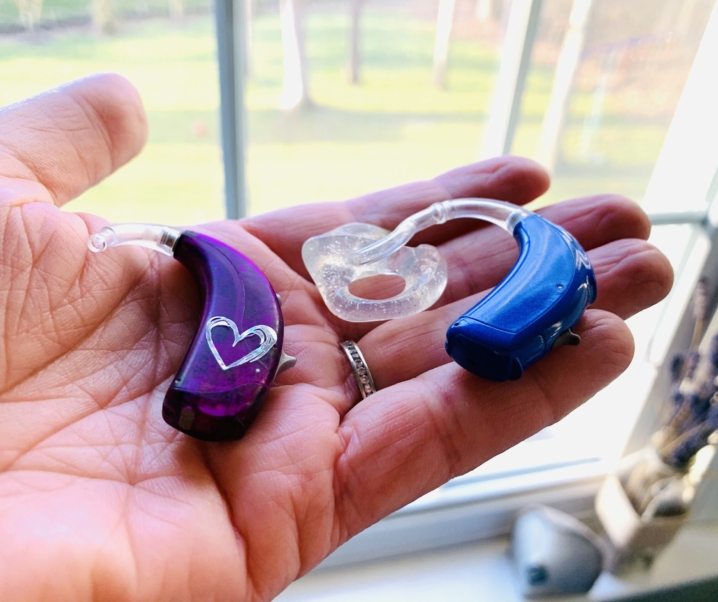
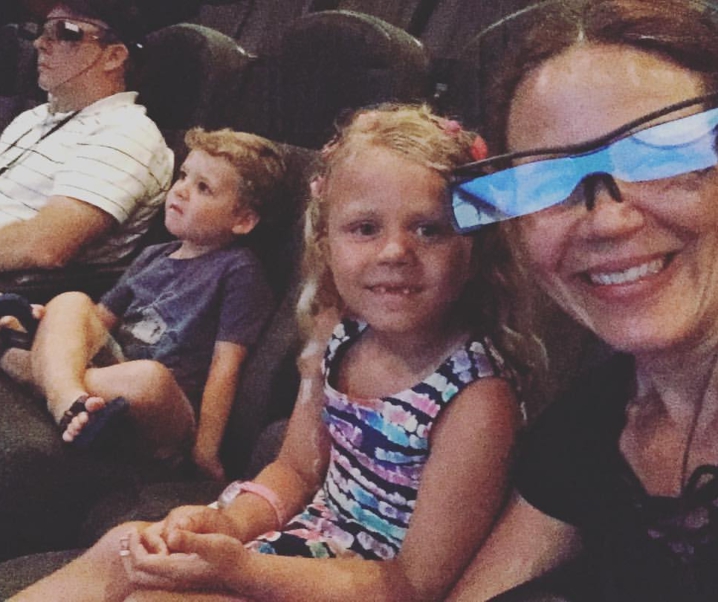
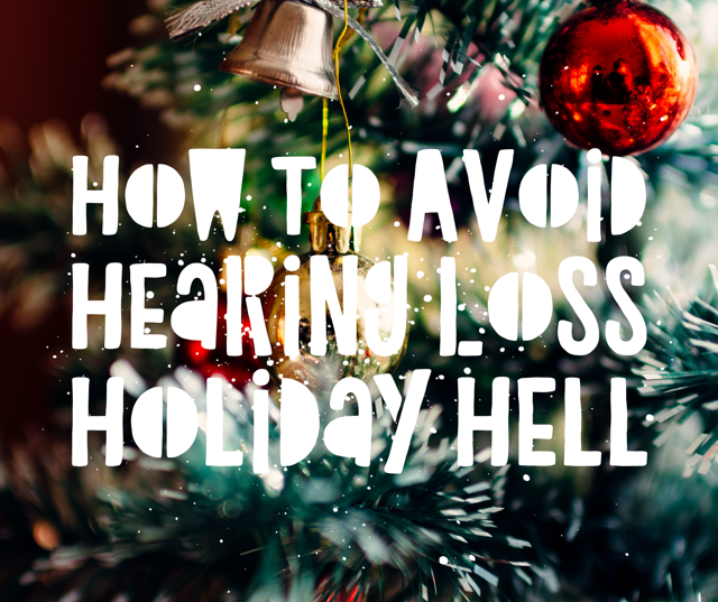
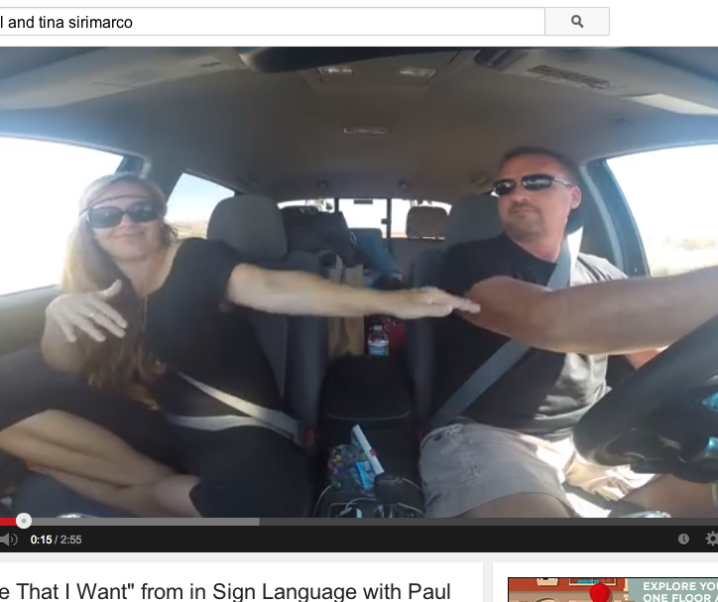

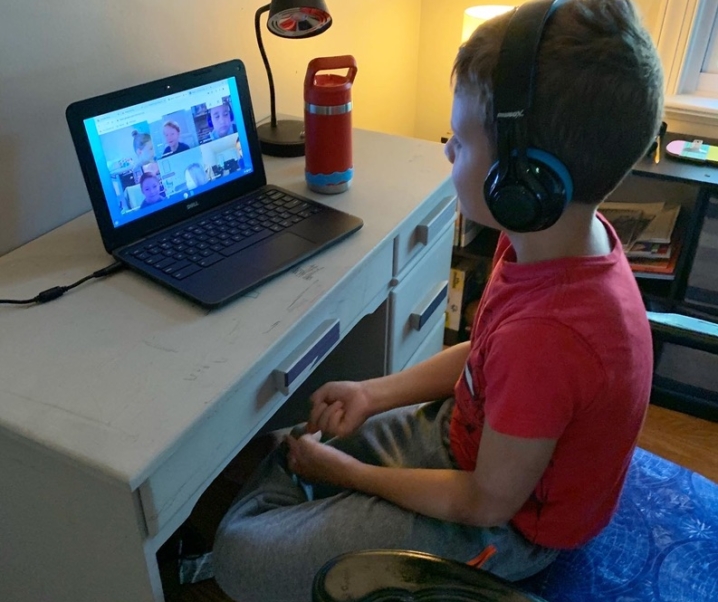
Miriam
November 24, 2021Great tips..Thank you for bringing awareness to the needs of deaf and hard of hearing… we just realized a few weeks back that a young lady in my daughter’s sports group is deaf and it just opened up my eyes to how under aware we are as a society on how to be inclusive and not exclude anyone with unique needs. Will definitely share with my daughter as well!
JenLeora
November 24, 2021I’m so glad it helped! Feel free to reach out if you have any questions ever ?